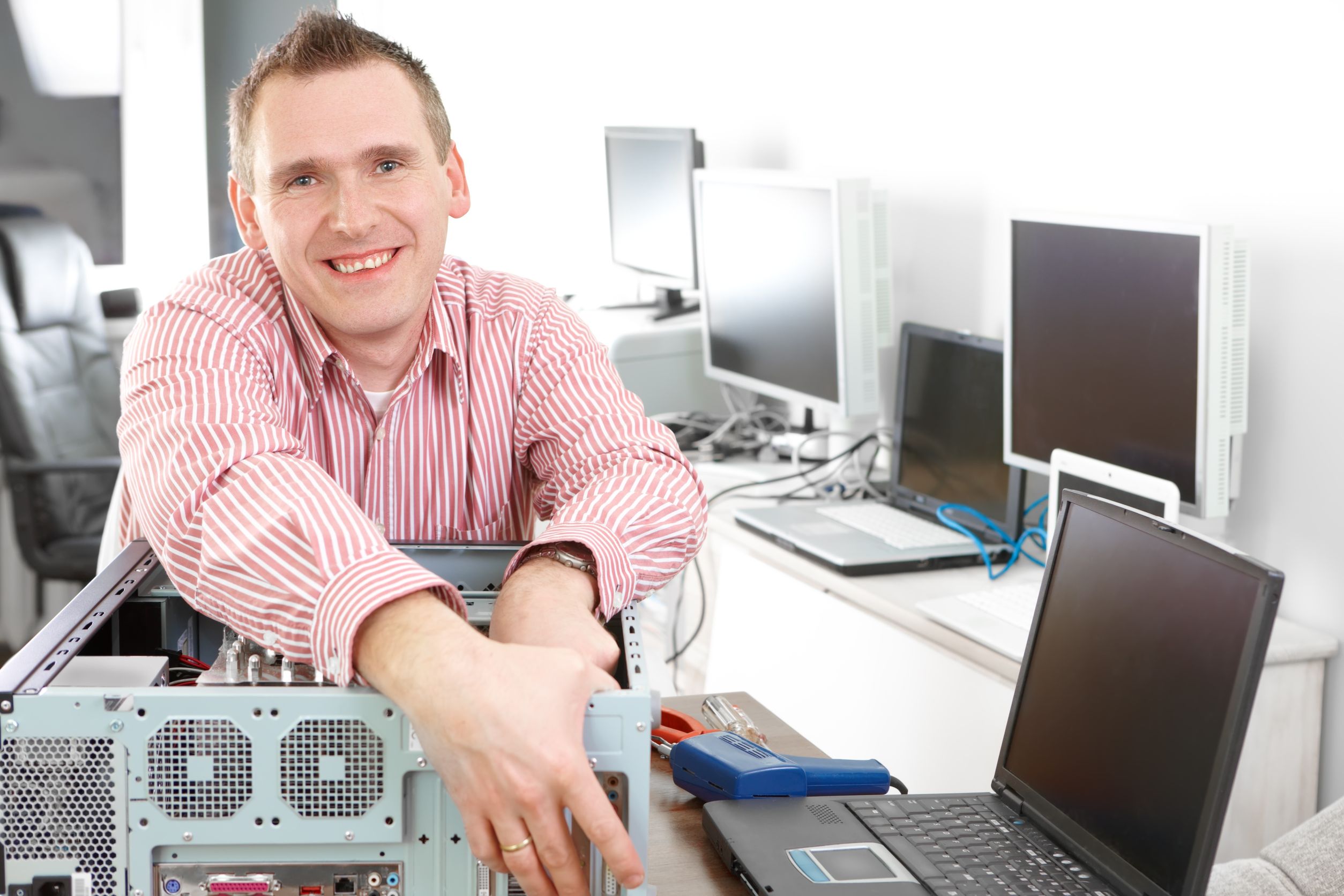There are many different types of applications requiring pressure measurement. This can include differential pressures, absolute pressures or gauge pressure and the choice of one of these three is a factor of the type of measurement needed as well as the conditions under which the readings are required.
Keep in mind that pressure is by definition the force exerted on a surface per unit area. In most cases pressure will be measured in pascals, but in many applications it will also be measured in psi or pounds per square inch, atmospheres, torr, bars or inches/millimeters of mercury.
There are a lot of different specialty types of pressure measurement devices on the market today. The use of the correct type of measurement option will have several important considerations or factors to determine before making a final choice.
Pressure Range
Whenever considering a pressure measurement device the first consideration should be the actual measurement units as well as the range the device is capable of measuring. This range will be the outer limits, both upper and lower, at which the specific device will be accurate.
No matter what type of pressure device used for measuring, the limits or the range will be in place. While there is the possibility of the device working outside of these limits, the accuracy of the readings cannot be verified, which could lead to very costly mistakes and miscalculations.
Type of Diaphragm
All of the pressure measurement devices have a diaphragm that is sensitive to changes in pressure to create the electronic signal that is read by the system. The diaphragm can be internal and the pressure medium, the liquid or gas, will contact the pressure diaphragm.
With a flush diaphragm, there is a liquid between the pressure port diaphragm and the pressure diaphragm, preventing the actual pressure medium from making direct contact. This sometimes known as a non-clogging or flat diaphragm.
Electrical Connectivity
The way that the measurement device is powered will also have an impact on how applicable it will be to a specific measurement requirement. With different types of connections and power supplies, temperature and other environmental conditions may make one device less effective than another.
Choosing the right pressure device for any type of application starts with having a good understanding of exactly what the project requires in the way of limitations or extremes. With this information, it is possible to narrow down choices to the best option for that application.

